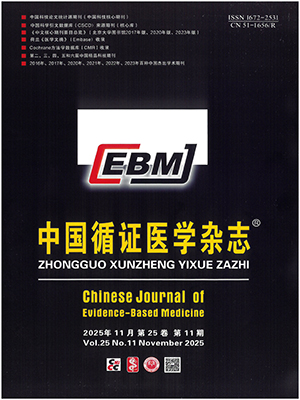Objective To study the clinical and angiographic features in ST Segment Elevation Myocardial Infarction (STEMI) patients with spontaneous reperfusion.
Methods A total of 519 patients with STEMI underwent Primary percutaneous coronary intervention (PCI) from January 2006 to December 2009 in Anzhen Hospital were enrolled. All patients were divided into the spontaneous reperfusion group (TIMI flow gradeⅢ ) and the non-spontaneous reperfusion group (TIMI flow grade 0-Ⅱ ) according to the TIMI flow grade before primary PCI. The incidence rate of spontaneous reperfusion through coronary angiography before primary PCI was observed, and the clinical relevant factors and angiographic lesion features of spontaneous reperfusion were analyzed.
Results There were significant differences in age, CTnI peak value, high thrombus burden, and lesion location in distant LAD (P=0.000, 0.000, 0.002, 0.000, and 0.003, respectively) between the two groups. But there were no significant differences in gender, hypertension, diabetes mellitus, smoking history, hyperlipemia, angina pectoris history, culprit vessel distribution, lesion distribution in LCX and RCA, and collateral circulation between the two groups (P gt;0.05 for all).
Conclusion Compared to the patients without spontaneous reperfusion, patients with spontaneous reperfusion are younger in age, lower in CTnI peak value, and heavier in thrombosis burden, with culprit lesions mostly located in the distant LAD.
Citation: WANG Jian,YAN Hongbing,ZHENG Bin,CHENG Shujuan,WANG Shaoping,ZHANG Xiaojiang,LIU Chen. Clinical and Angiographic Characteristic of Patients with Spontaneous Reperfusion in ST Segment Elevation Myocardial Infarction. Chinese Journal of Evidence-Based Medicine, 2012, 12(3): 289-292. doi: 10.7507/1672-2531.20120048 Copy
Copyright ? the editorial department of Chinese Journal of Evidence-Based Medicine of West China Medical Publisher. All rights reserved




